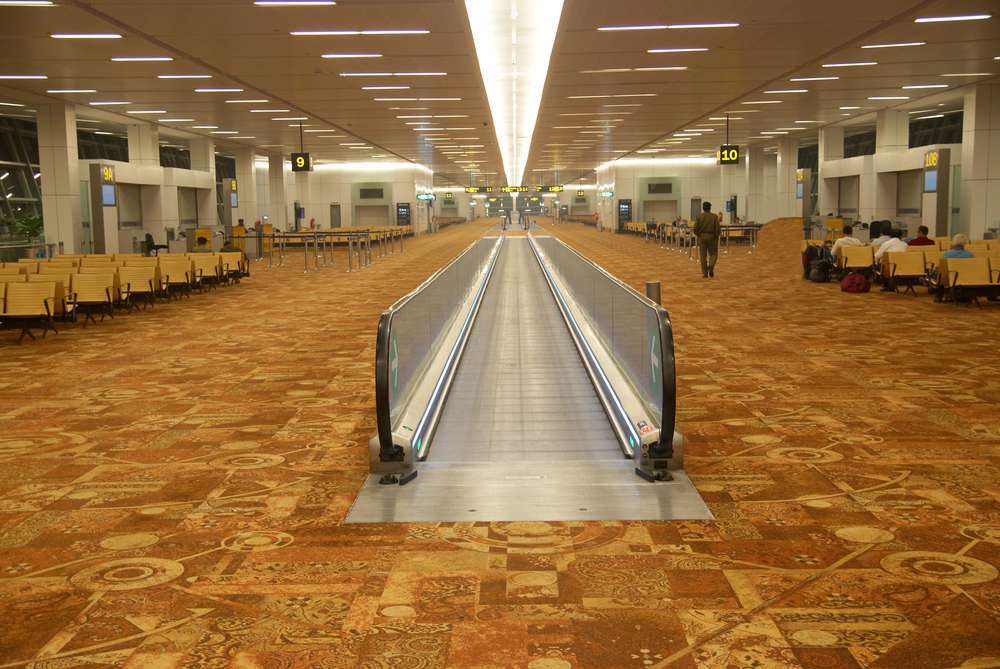Demand Responsive Lighting Control Acceptance (NRCA-LTI-04-A)
Introduction
There are two primary elements for determining the building’s energy usage cost. These are the amount of energy used and the demand for that energy.
Demand response programs help solve problems with the electrical grid’s capacity. The solution lies in controlling how much power customers use.
Demand Responsive Lighting Control Acceptance (NRCA-LTI-04-A) of Title 24 instructs the manufacturer to certify that demand-responsive lighting controls can respond to signals.
Let’s discuss this acceptance test with its purpose, benefits and requirements.
Demand Responsive Lighting Control Acceptance
Purpose
Demand Responsive Lighting Control Acceptance (NRCA-LTI-04-A) determines whether or not the demand-responsive control can restrict the lighting system’s power consumption. This consumption should not be more than 85% of its full capability.
During a demand response event, the test verifies that the lighting system maintained a specified level of illumination consistently as expected.
Benefits of Demand-Responsive Control
When power costs are high or the grid is unstable, the owner or manager of a building with a fully functional demand-responsive lighting system can save money.
It is done by reducing the amount of energy that is used for lighting. It involves cutting back on the amount of energy that lightings use. The control not only results in cost savings but also improves the electrical grid’s reliability for each client.
It is important to note that to pass the Demand Responsive Lighting Control Acceptance (NRCA-LTI-04-A), a demand response signal is not compulsory. Instead, the tester ensures that the system can receive and react appropriately to signals.
The demand response system brings the entire electricity the building uses to less than 85%. This total output also maintains the same level of illumination throughout the building.
Requirements
Lighting projects that are larger than 10,000 square feet are required to have the capability to reduce the amount of lighting power automatically. Demand Response Signal accomplishes this goal by using controls. These controls meet the requirements of Title 24 for NRCA-LTI-04-A.
This requirement exempts the areas with a lighting power density (LPD) of less than 0.5 watts per square foot.
Dimming the general illumination is necessary to fulfill the requirements for consistent lighting. I
It is also necessary to have the capacity to reduce the total amount of light by at least 15% for Demand Responsive Lighting Control Acceptance. There is one notable exception.
Summary
The Demand Responsive Lighting Control Acceptance (NRCA-LTI-04-A) determines if the control can limit the lighting system’s power consumption.
title24lightinginspection.com is available to help you pass the Demand Responsive Lighting Control Acceptance (NRCA-LTI-04-A) certificate.
Our experienced lighting experts ensure that the lighting control systems operate correctly to confirm compliance.
Please do not hesitate to contact us with regards to NRCA-LTI-04-A.

